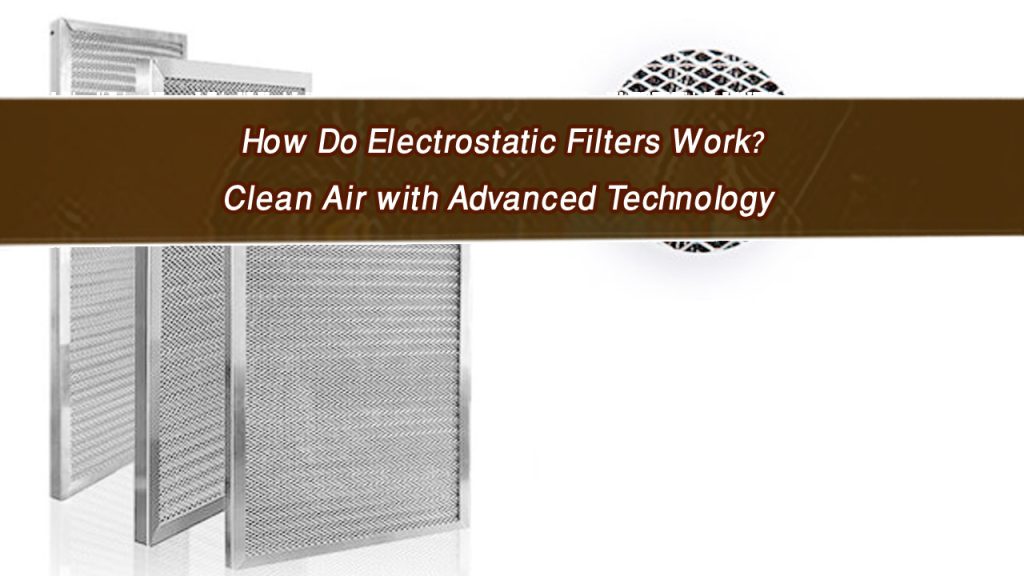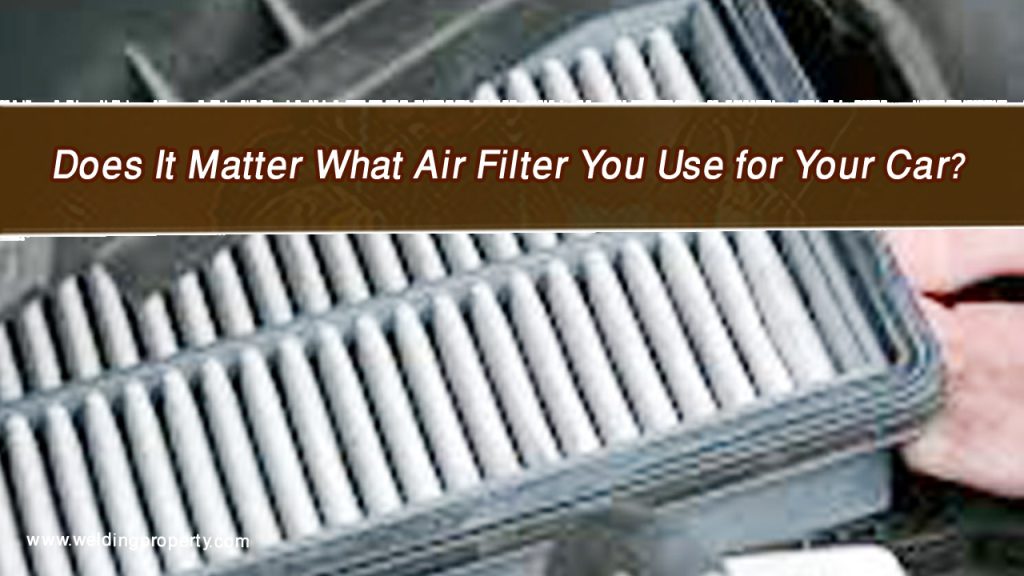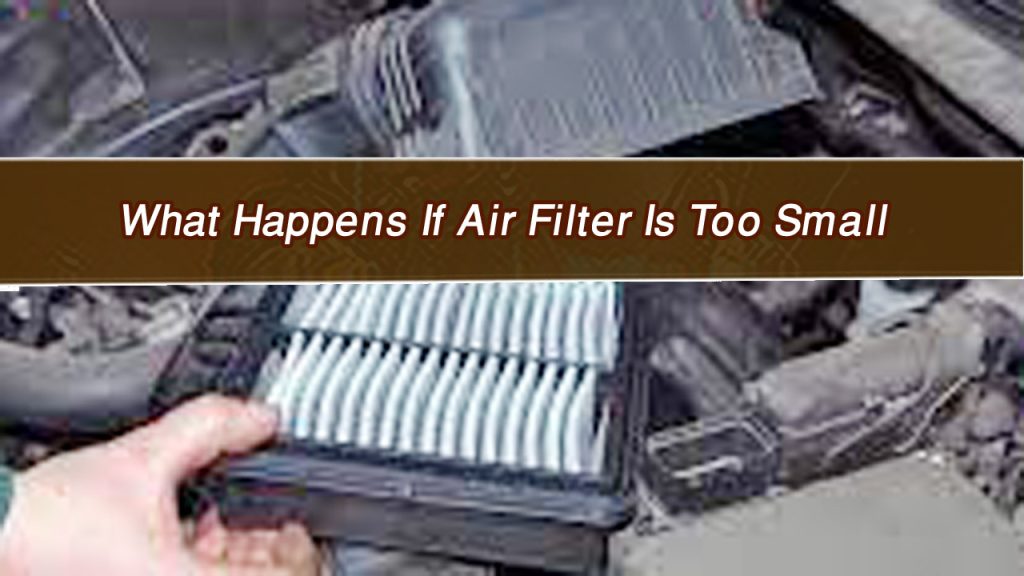When it comes to improving air quality in our homes or workplaces, electrostatic filters are an impressive solution. These filters are popular for their ability to capture tiny particles that traditional filters might miss.
As someone who has explored this topic deeply, I can confidently say they’re a game-changer for anyone who values clean, fresh air. But how exactly do electrostatic filters work, and are they worth considering for your space?

Image by lifesupplyusa
I’ll break it all down for you in simple terms. Whether you’re trying to figure out if they’re right for your HVAC system or just curious about their science, this guide will have you covered. Let’s get started!
What Are Electrostatic Filters?
Electrostatic filters are a type of air filter designed to clean the air in your space by using static electricity. Unlike disposable filters, these are often reusable and built to last, making them both eco-friendly and cost-effective.
They work by charging airborne particles as they pass through the filter, causing them to stick to its surface. This method is highly effective for capturing dust, pollen, pet dander, and even smoke particles.
How Do Electrostatic Filters Work?
To understand how electrostatic filters work, let’s break it into a few key steps:
Airflow and Particle Attraction
When air passes through the filter, the filter generates a static charge. This charge causes particles in the air—like dust and pollen—to become polarized, meaning they gain an electrical charge.
Particle Capture
Once the particles are charged, they are attracted to the oppositely charged plates or layers within the filter. Think of it like a magnet pulling in metallic objects. The charged particles stick to the plates, effectively removing them from the air.
Clean Air Release
With the unwanted particles trapped in the filter, clean air continues to flow through your HVAC system or air purifier, improving indoor air quality.
Components of an Electrostatic Filter
An electrostatic filter isn’t a simple piece of material—it’s a well-engineered tool with specific components working together. Here’s what makes up an electrostatic filter:
| Component | Function |
|---|---|
| Outer Frame | Provides structure and holds the filter in place. |
| Electrostatic Media | Charged material that attracts and traps particles. |
| Multiple Layers | Increases filtration capacity by offering more surface area. |
| Support Grids | Adds durability and ensures airflow consistency. |
Types of Electrostatic Filters
There are different types of electrostatic filters, each with unique features. Understanding these can help you choose the right one for your needs:
Permanent Electrostatic Filters
- Designed for long-term use.
- Reusable and washable.
- Ideal for reducing waste.
Disposable Electrostatic Filters
- Single-use and not washable.
- Often less expensive upfront.
- Convenient for those who prefer less maintenance.
Hybrid Electrostatic Filters
- Combine electrostatic properties with traditional filter materials.
- Offer enhanced filtration but might require replacement over time.
Benefits of Using Electrostatic Filters
If you’re wondering why electrostatic filters are worth considering, here are their key benefits:
Better Air Quality
These filters effectively trap small particles, improving air quality and reducing allergens.
Cost-Effective
Permanent filters save money over time since they can be cleaned and reused.
Eco-Friendly
Unlike disposable filters, reusable electrostatic filters reduce waste and are better for the environment.
Easy Maintenance
Cleaning electrostatic filters is straightforward and doesn’t take much time.
Versatility
They work well in homes, offices, and even industrial spaces, making them a versatile option for different settings.
Limitations of Electrostatic Filters
While electrostatic filters are fantastic in many ways, they’re not perfect. Here are a few downsides to keep in mind:
- Less Effective for Larger Particles: They might not capture larger particles as effectively as HEPA filters.
- Requires Regular Cleaning: If you’re using a permanent filter, you’ll need to clean it frequently to maintain efficiency.
- Lower MERV Ratings: Electrostatic filters often have lower Minimum Efficiency Reporting Value (MERV) ratings compared to HEPA filters, meaning they may not capture the tiniest particles.
How to Maintain Electrostatic Filters
Taking care of your electrostatic filter ensures it performs at its best. Here’s how you can maintain one:
Regular Cleaning
Wash your filter every 30 days or as recommended by the manufacturer. Use water and mild soap, then let it dry completely before reinstalling.
Inspect for Damage
Check for tears or damage during cleaning. A damaged filter won’t work effectively.
Keep HVAC System in Check
Ensure your HVAC system is functioning well. A poorly maintained system can reduce the filter’s effectiveness.
Electrostatic Filters vs Other Filters
How do electrostatic filters compare to other popular options? Let’s take a look:
| Feature | Electrostatic Filters | HEPA Filters | Carbon Filters |
|---|---|---|---|
| Efficiency | Good for small particles | Excellent for ultra-fine particles | Great for odors and gases |
| Cost | Moderate to low (reusable) | Higher (disposable) | Moderate to high |
| Maintenance | Requires washing | Replace every 6-12 months | Replace every 6-12 months |
| Eco-Friendliness | High (reusable) | Low (disposable) | Moderate |
| Versatility | Suitable for various spaces | Best for medical and cleanroom use | Ideal for odor control |
When Should You Use Electrostatic Filters?
Electrostatic filters are a good choice if you:
- Want an eco-friendly, reusable filter.
- Are looking for a cost-effective option over time.
- Live in a home where allergens like dust and pollen are a concern.
If you need the highest level of filtration, such as in medical settings or for individuals with severe allergies, a HEPA filter might be a better choice.
Conclusion
Electrostatic filters are a fantastic option for improving air quality in a sustainable and cost-effective way. They’re easy to maintain, versatile, and great for capturing small particles. However, like any filter, they have their limitations and are best suited for specific needs.
If you’re someone who values clean air but doesn’t want to constantly replace filters, electrostatic filters could be a perfect match. With proper maintenance, they can provide years of reliable performance while keeping your indoor environment fresh and healthy.
FAQs
Do electrostatic filters require electricity to work?
No, they generate static electricity naturally as air flows through them, so no external power source is needed.
How often should I clean my electrostatic filter?
Typically, every 30 days or as recommended by the manufacturer.
Are electrostatic filters better than HEPA filters?
It depends on your needs. HEPA filters are more effective for ultra-fine particles, but electrostatic filters are reusable and eco-friendly.
Can I use an electrostatic filter in any HVAC system?
Most HVAC systems are compatible, but it’s best to check your system’s specifications before purchasing.
Are electrostatic filters safe for people with allergies?
Yes, they can help reduce allergens like pollen and dust, though they may not capture particles as small as HEPA filters do.


